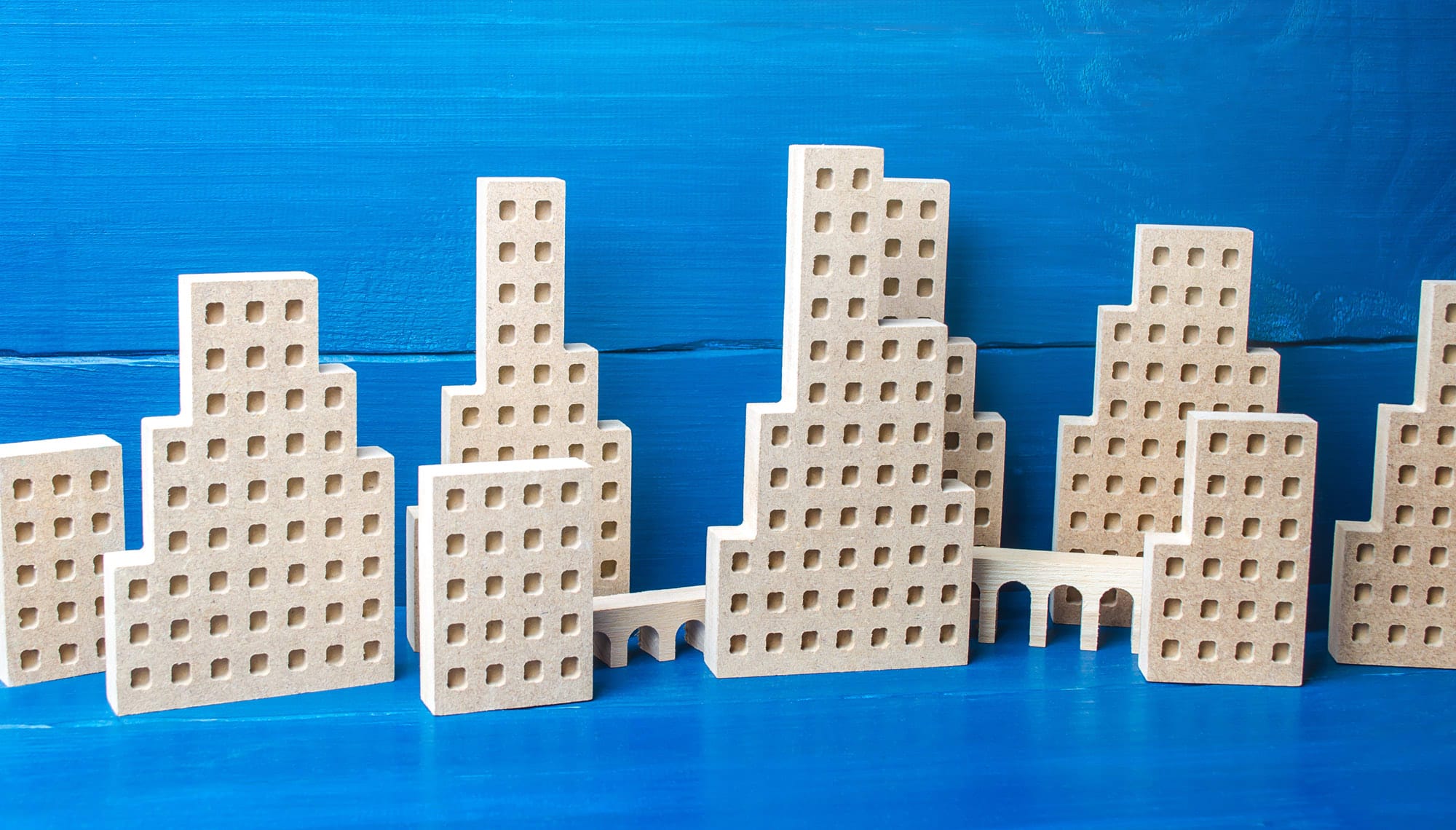
Key takeaways
Housing affordability is a critical issue as Australia approaches the federal election. Median house prices have surged to 8.6 times median household income in 2024, up from 4.9 times in 2002.
The time required to save a 20% deposit has increased from less than 7 years in 2002 to 11.4 years in 2024, reflecting rising property prices relative to income.
Despite affordability challenges, around 20% of property transactions in 2024 involved first-home buyers, demonstrating that with financial discipline, entering the market is still possible.
Australia's housing affordability has become an increasingly pressing issue, that will surely remain in the news as the federal election looms.
Recent data highlighted the significant challenges facing prospective home buyers.
In early 2024, the median house price surged to 8.6 times the median gross disposable household income, a significant increase from 4.9 times in early 2002.

Source of Image: Sydney Morning Herald
This escalation has extended the time required to save for a 20% deposit from less than seven years in 2002 to 11.4 years in 2024.

Source of Image: Sydney Morning Herald
Despite these hurdles, homeownership remains attainable for many Australians
According to CoreLogic, last year (2024) there were around 540,000 property transactions, of which over 110,000 or around 20% were first-home buyers.
So obviously, it's still possible for those with financial discipline to get into the housing market.
Government initiatives played a pivotal role in supporting first-home buyers.
The Home Guarantee Scheme (HGS), for instance, facilitated homeownership for Australians earning modest incomes, with median household salaries of $84,000, compared to the broader first-home buyer market median of $95,000.
Notably, 84% of buyers under the Family Home Guarantee were single women with dependent children, highlighting the scheme's targeted assistance.
The "Bank of Mum and Dad" has also emerged as a significant contributor, with parents providing substantial financial assistance to their children for home purchases.
A recent UBS survey revealed a surprising insight - around 40% of first-home buyers are involved in such transactions, with $200,000 being a typical assistance parents are giving their children to help them on the property ladder.

Source of Image: Sydney Morning Herald
What will the government do about the affordability crisis?
There is no doubt there will be calls for more government action as we head into the election.
Given that approximately 70% of Australians own or are paying off their homes, in my mind, the government is unlikely to implement policies that would lead to a significant drop in house prices, as this would be political suicide.
Instead, they are likely to keep talking about increasing housing supply and providing support to first-home buyers to improve affordability.
And while affordability issues are likely to cause a slowdown in their housing markets in the first half of this year, when interest rates start to fall buyers and sellers will re-enter the market and values and rents will keep rising.














